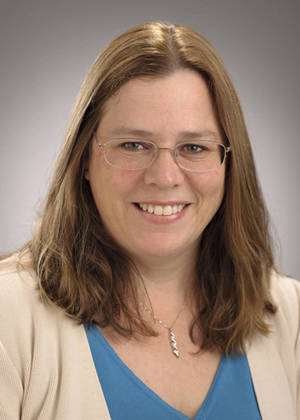
Marianne Sowa
Deputy Director of the Science Directorate, Ames Research Center
Professional Background
Dr. Marianne Sowa completed her Ph.D. in physical chemistry at the State University of New York, Stony Brook where she used a combination of experimental theoretical approaches to characterize the reaction dynamics of size-selected carbon and boron cluster ions. She completed post-doctoral training at the University of California, San Diego in electron photodetachment spectroscopy and in transient photokinetics of molecular absorption in human blood substitutes. At the Pacific Northwest National Laboratory Richland, Washington, her research focused on radiation biology and biophysics. She designed and developed a pulsed electron beam single cell irradiator capable of exposing a single cell to low dose low linear energy transfer (LET) radiation. This device was instrumental in directly questioning the existence of radiation-induced bystander effects for low LET exposures.
Since that time, Dr. Sowa’s work has focused on understanding radiation-induced effects in three-dimensional culture models that more realistically replicate the cellular environment in situ. She continues to use an integrated approach of theory and experiments to further understand the role of track structure and energy deposition patterns on cellular processes in a spatially heterogeneous manner, and to understand the subtle changes low dose radiation exposure causes in homeostatic regulation in complex human tissue models. She has served on the Scientific Advisory Board for Radiation Research for the NASA Space Radiation Research Laboratory located at Brookhaven National Laboratory and was recently appointed to the editorial board for THREE (The Health Risks of Extraterrestrial Environments), a widely used, peer-reviewed, encyclopedic source of information on space radiation.
In 2015, Dr. Sowa began her position as Chief of the Space Biosciences Research Branch where she lead a team of 17 civil servant scientists and affiliated staff in conducting biological research critical to NASA’s human exploration mission.




























